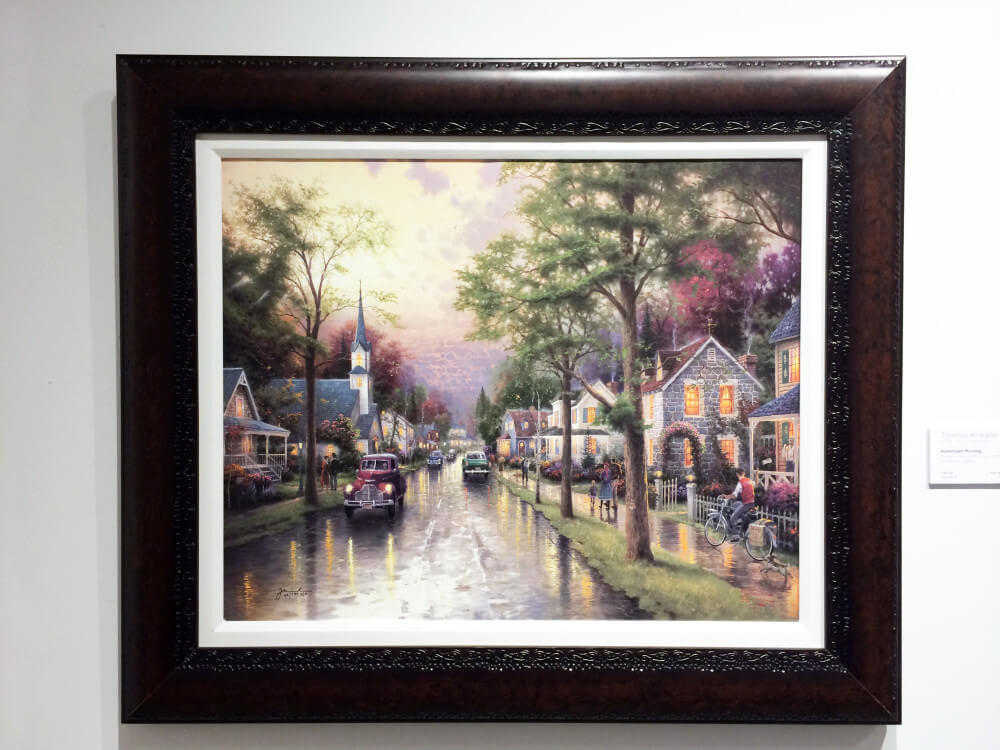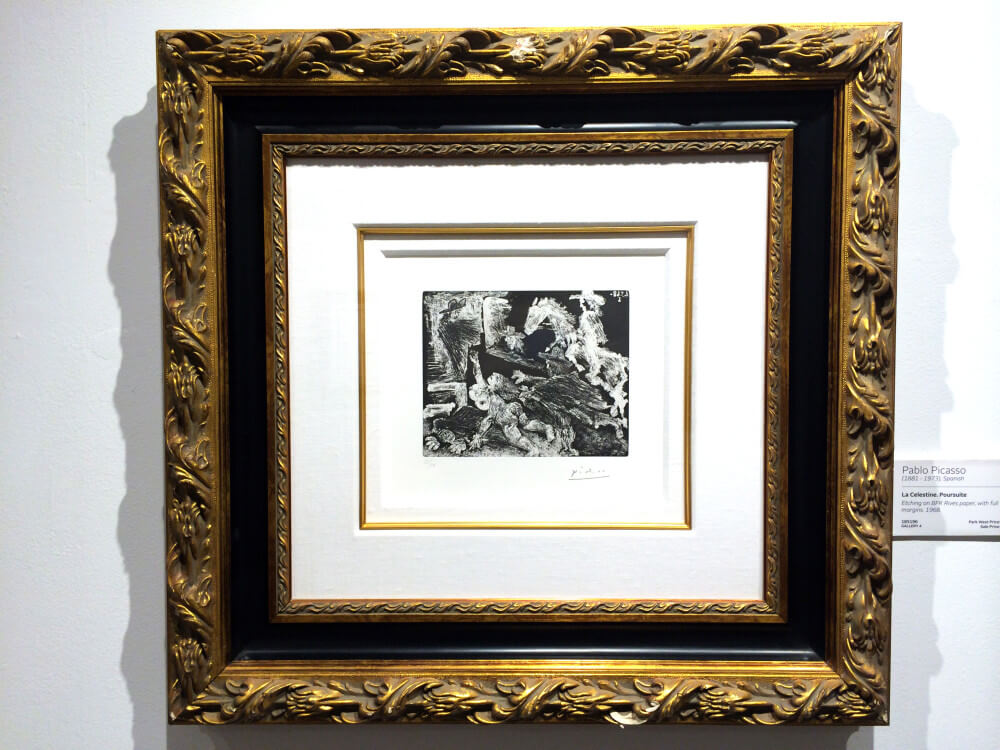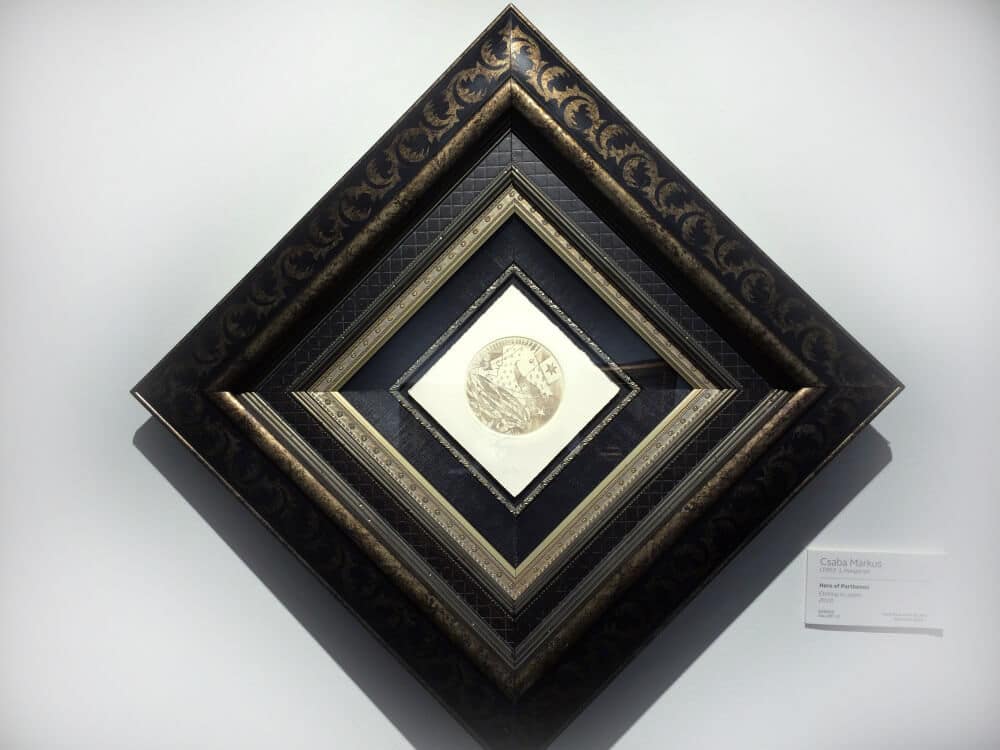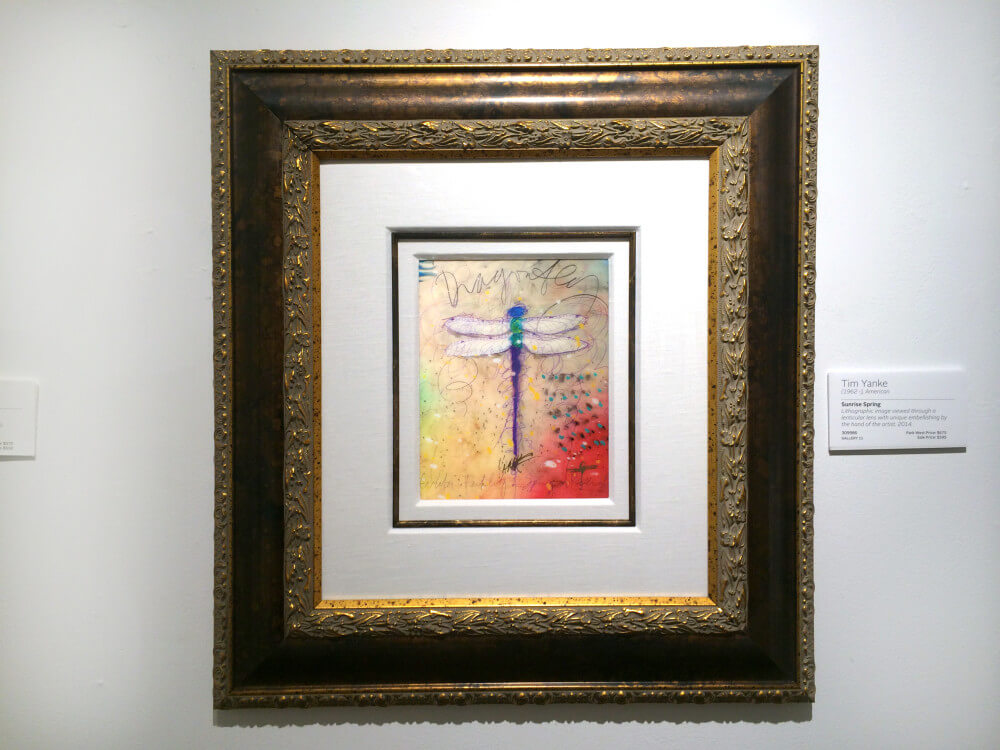How to Choose the Right Framing for Your Art
A frame is meant to complement and showcase a work of art. It is the finishing touch that presents the art in the best light, and separates the art from the world for contemplation and admiration.
Framing art correctly results in enjoying the artwork for years to come, while a poor choice diminishes the art, making the task seem all the more daunting. To help choose the right frame, here are some tips and ideas for enhancing art with the perfect frame.
Frame colors
Traditionally, frames are gold or a variation of gold because the color is universal and displays the art with an air of importance. Since gold is neutral it is often the choice for framing fine art. Even so, David Gorman, Park West Gallery Director, says the selection between gold or another color should be based on bringing out the colors of the art.
“After observing our master framers’ selections over the years, there is one aspect I find consistent throughout,” he says. “That is, cool tones in a painting, i.e. green, blue, purple, are framed in primarily silver frames. Warm tones, i.e. red, orange, yellow, get framed in gold.”
The same rule applies to wooden tones. Mahogany or walnut, for example, pair well with warmer colors, while light and natural woods complement cool colors.
Frames and matting should not closely match the artwork in color. There should be an element of contrast between them, otherwise they blend together and the colors of the artwork are diminished.
Frame designs
In general, the frame should be chosen based on the artwork. A painting of a more classical subject or theme, such as a landscape, benefits from a traditional frame that is more ornate. Abstract and modern art looks best with a simpler, sleek frame.
For a frame’s thickness, the general rule is to use a wide frame on large art and a thin frame on smaller art.
Choosing a frame to match other frames in a collection is not recommended. A variety of frames can create a striking display, with each frame style emphasizing its work of art.
Gorman says that frame styles do not need to match home décor either. For example, a contemporary painting can hang with a contemporary frame in a room with traditional décor. A home’s décor can change over time, so choosing a frame based on a room is not always the best course of action.
“If you frame in a timeless frame, according to the art itself, it can go anywhere over the years and even move from wall to wall as your collection grows,” Gorman says.
Matting
Matting is used for works on paper, such as watercolor and graphic editions. Artwork should not directly touch wood, so avoid matting situations where this would occur to avoid damaging the art. Park West Gallery adheres to this standard when framing art as well as using 100 percent rag board matting and insulating artwork with 100 percent acid-free mat boards.
Gorman believes it is best to avoid colored matting. He notes that art gallery walls are white so they don’t compete with the artwork. The same should be considered when selecting matting.
“Using colored matting is the biggest mistake, in my opinion, as it dates the art – a very 1980s to 1990s way of framing,” he says. “The best matting is white or off-white.”
However, double matting is available if one desires a hint of color. The colored mat should be under the neutral colored mat for the best effect.
Asking for advice
Ultimately, the decision rests with the owner of the art for choosing a frame, but don’t be afraid to ask the professionals at Park West for guidance. Park West Gallery’s framing program helps take the guesswork out of choosing a frame by having pre-selected options to choose from for each artist.
Remember, the frame will always be viewed with the art, so with these tips, any art collected from Park West will be sure to take center stage wherever they hang.
For more tips, check out our infographic on hanging art and our articles on displaying sculptures and 6 ideas for hanging art.












